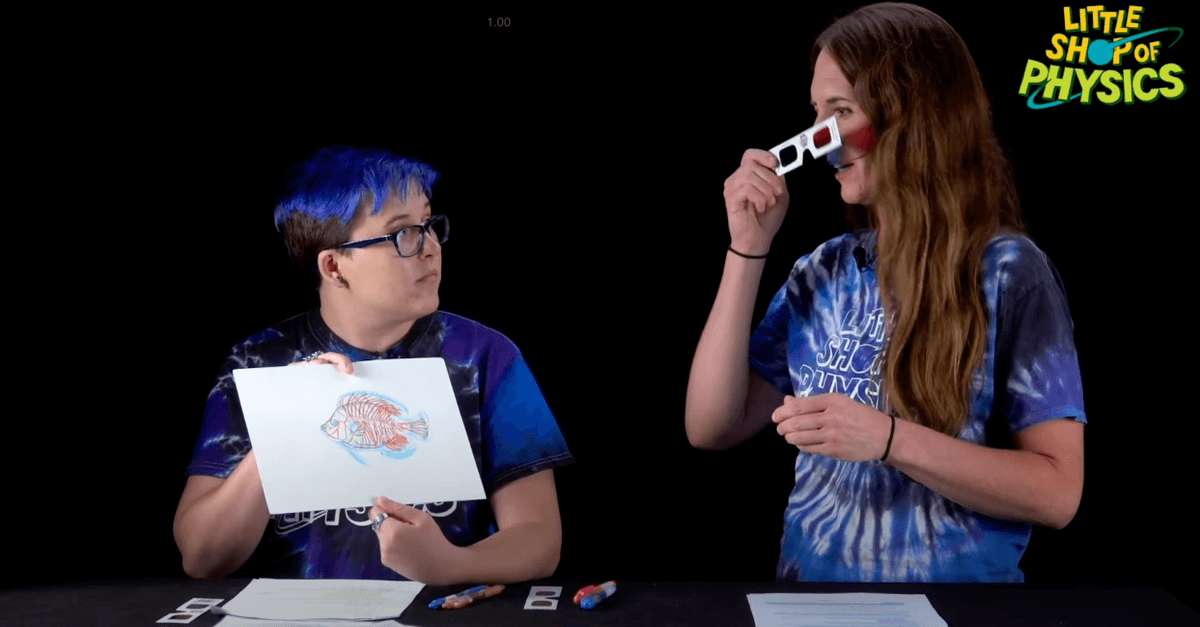Multiplexing is a key innovation in communication technology. When signals are multiplexed, they’re layered over one another in a single channel but are encoded using different wavelengths and so can be separately decoded by devices. This activity is an introduction to what it means to multiplex messages.
After reading the introduction, what is your essential question or objective for this activity?
